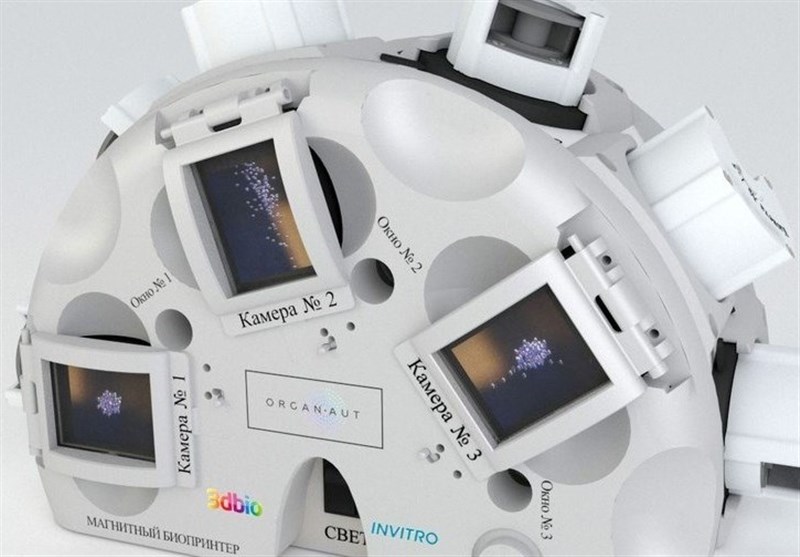Scientists Grow Mouse’s Thyroid in Zero Gravity Using 3D Bioprinter (+Video)
TEHRAN (Tasnim) - Russian scientists have managed to grow a mouse’s thyroid in zero gravity using a 3D bioprinter on the International Space Station (ISS) as human organs may be next in line.
The breakthrough device dubbed Organaut was delivered to the ISS by a Soyuz MS-11 spacecraft on December 3 by Expedition 58.
In what is no longer a plot of a sci-fi movie, the innovative device created a mouse’s thyroid in zero gravity. And the result was a success. Invitro, whose subsidiary 3D Bioprinting Solutions built the printer, told Ria Novosti: “We received photos from space. The camera clearly shows a living construction of a mouse’s thyroid being assembled.”
The results will be returned to Earth for analysis later in December and made public in February 2019. Invitro says that maturation of printed organs and tissues in zero gravity occurs much faster and more efficiently than on Earth. And this milestone experiment on printing organs outside our planet may pave the way for printing human tissue in this favorable environment.
“There’s nothing impossible,” Invitro CEO Aleksandr Ostrovsky said, when asked whether human organs will soon be 3D printed on the ISS. “The only question is in costs. Right now we’re working on new types of bioprinting,” he added.
And while we’re waiting for official videos of space organ printing, take a look at what the FABION bioprinter, also developed by 3D Bioprinting Solutions, managed to achieve with mice cells in Earth’s gravity back in 2015.
3D printing technology has already been used to create everything from weapons to houses. The ISS had a 3D printer delivered by NASA in 2014 to create an on-demand supply chain for important parts and tools in zero gravity.







